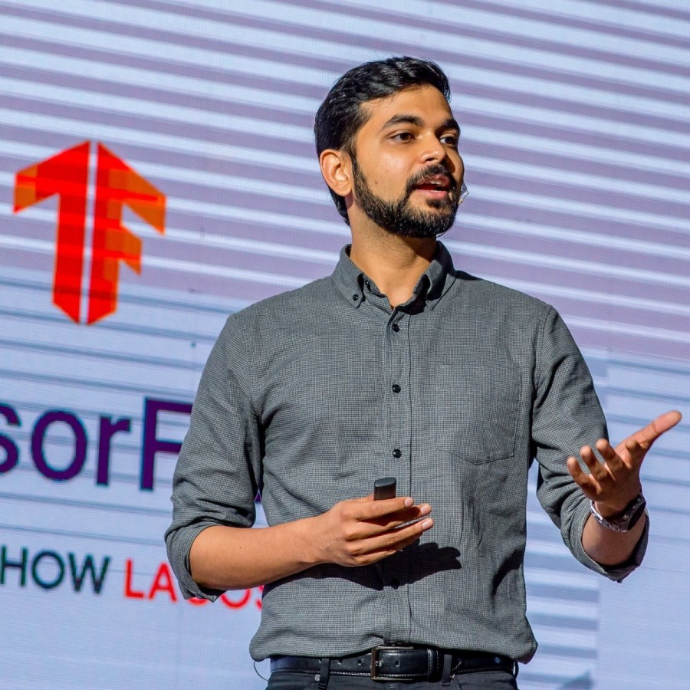
Gaurav Mishra
Gaurav Mishra is an Engineering and Research Lead on sequence modeling research and foundation models at Google Brain. He is passionate about Machine Learning (ML) Infrastructure and Natural Language Understanding (NLU) Systems. In his Google career, he has also worked on Google's production NLU platform. Gaurav holds a Bachelor's degree in Electrical Engineering from IIT Delhi. He enjoys music and travel.
Authored Publications
Sort By
Google
PaLI: A Jointly-Scaled Multilingual Language-Image Model
Piotr Padlewski
Daniel Salz
Sebastian Alexander Goodman
Basil Mustafa
Lucas Beyer
Alexander Kolesnikov
Keran Rong
Hassan Akbari
Linting Xue
James Bradbury
Chao Jia
Carlos Riquelme
Xiaohua Zhai
Neil Houlsby
International Conference on Learning Representations (ICLR) (2023)
PaLM: Scaling Language Modeling with Pathways
Aakanksha Chowdhery
Sharan Narang
Jacob Devlin
Maarten Bosma
Hyung Won Chung
Sebastian Gehrmann
Parker Schuh
Sasha Tsvyashchenko
Abhishek Rao
Yi Tay
Noam Shazeer
Nan Du
Reiner Pope
James Bradbury
Guy Gur-Ari
Toju Duke
Henryk Michalewski
Xavier Garcia
Liam Fedus
David Luan
Barret Zoph
Ryan Sepassi
David Dohan
Shivani Agrawal
Mark Omernick
Marie Pellat
Aitor Lewkowycz
Erica Moreira
Rewon Child
Oleksandr Polozov
Katherine Lee
Zongwei Zhou
Brennan Saeta
Michele Catasta
Jason Wei
Kathy Meier-Hellstern
arxiv:2204.02311 (2022)
Beyond the Imitation Game: Quantifying and extrapolating the capabilities of language models
Aitor Lewkowycz
Daniel Freeman
Ethan S Dyer
Guy Gur-Ari
Jaehoon Lee
Jascha Sohl-dickstein
Liam B. Fedus
TBD (2022)
